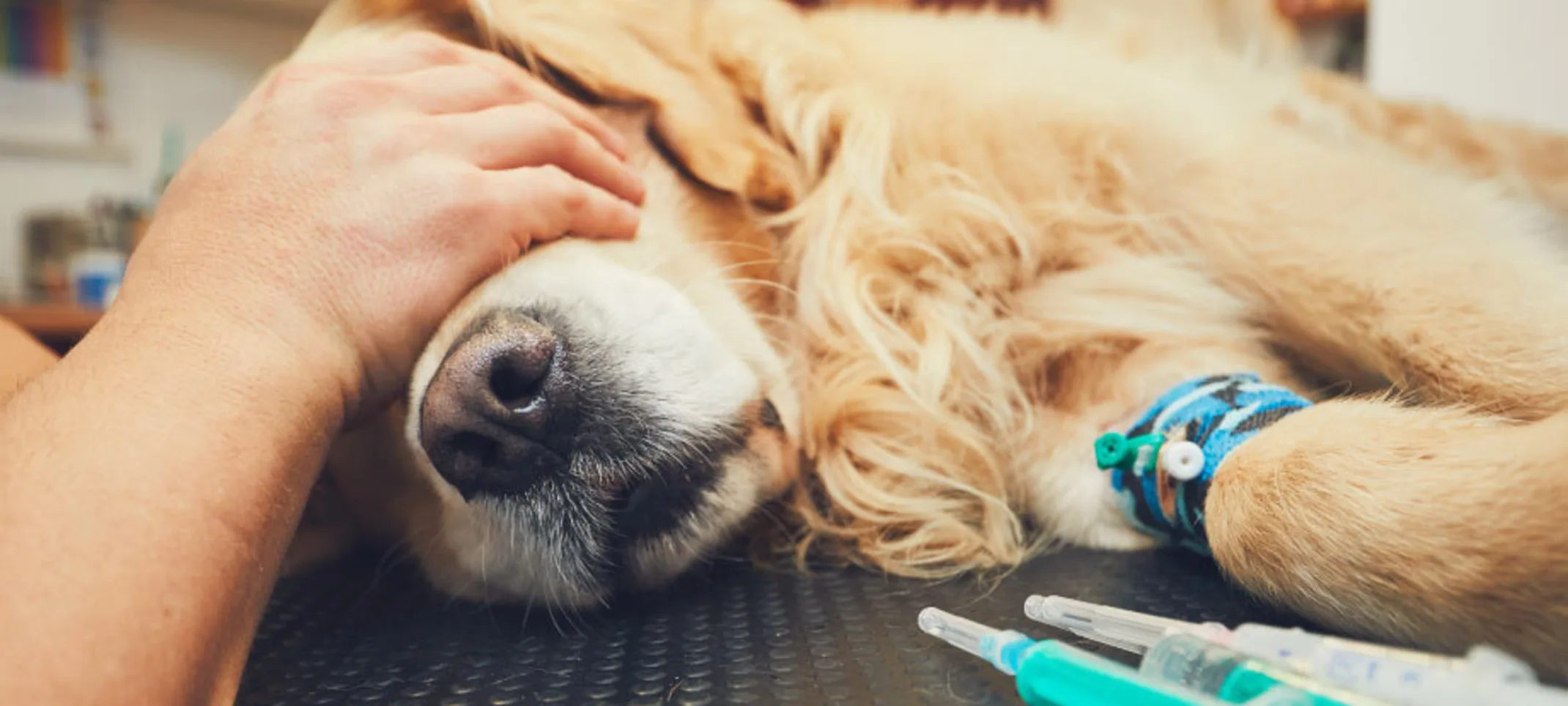Mission Veterinary Emergency & Specialty
Orthopedic Surgery
Orthopedic surgery can help pets who suffer from joint problems, torn ligaments, broken bones, and even help correct congenital problems.

Overview
Orthopedic surgery treats bones, joints, ligaments, and muscles—areas in which your pet may feel pain in from a variety of conditions. If veterinary orthopedic surgery is recommended for your pet, we will do everything possible to keep them safe and comfortable before, during, and after the surgery.
Why would my pet need orthopedic surgery?
Orthopedic surgery can help animals who suffer from joint problems, torn ligaments, broken bones, and can even help correct congenital problems. Most orthopedic surgery is focused around the cranial cruciate ligament (CCL), sometimes referred to as the Anterior Cruciate Ligament (ACL).
When should I seek orthopedic care for my pet?
Pay attention to the way your pet is moving around, any unusual changes may mean they have an orthopedic condition.
Typical symptoms of an orthopedic disorder include difficulty getting up, favoring a leg intermittently when walking, limping - swelling in the leg, stiffness or decreased activity level. If you notice any of these problems, you should take your pet to our facility for an examination.
How are typical orthopedic injuries treated?
Tibial Plateau Leveling Osteotomy (TPLO)
Tibial plateau leveling osteotomy is used to repair a torn ligament by changing the dynamic of the animal’s knee. The ligament becomes irrelevant to the stability of the knee by counteracting the force that caused the ligament to tear. The reconstructive surgery cuts the tibia bone, rotates it, and becomes held in place with metal plates. This is an extremely effective long-term solution for the injury.
Luxating Patella Surgery
Patellar luxation is a dislocated knee cap and most commonly seen in small breed dogs. Most patellar luxation occurs when the patellar displaces from its normal position to the inside of the knee. Pets with this condition may have an intermittent non-weight bearing lameness and you may even hear a popping noise in their knee. There are many ways to treat this from a simple knee brace for a Grade 1 luxation, to realignment surgery for lower grade luxations. Bring your pet in so we can determine the best way to treat the luxation.
Fracture Repairs
A fracture is a break in the bone or cartilage and can be repaired from simple external splinting to more advanced internal plating. Fractures are typically caused by trauma, a disease or tumor in the bone, or stress applied to a certain bone.
Our veterinarians adhere to the highest level of care standards for all surgical procedures. Our highly skilled doctors place the utmost emphasis on pain management to ensure your pet is safe and comfortable throughout the treatment process. Using advanced technology, your pet's vital signs are monitored by our veterinary technicians, who will remain with your pet through recovery.
Intervertebral Disk Disease (IVDD)
Intervertebral disks are the “cushions” in the space between spinal vertebrae. These disks are subject to a number of degenerative conditions and forces that predispose them to bulge or rupture over time. This rupture leads to damage to the spinal cord. Intervertebral disk disease (IVDD) is the most common cause of spinal cord injury in dogs.
Hip Replacement
The hip joint is also called the coxofemoral joint and consists of the femoral head and the acetabulum. Imagine the joint as a “ball and socket,” with the femoral head being the “ball” and the acetabulum being the “socket.” Increased looseness of the two components of the hip is called hip dysplasia. Untreated HD leads to degenerative joint disease, better known as “old age osteoarthritis.” The X-Ray to the right shows a dog with severe hip osteoarthritis due to HD.
Arthrodesis
Arthrodesis, or fusion of the carpus (wrist) joint and tarsus (ankle or hock) joint, are procedures designed to restore acceptable limb function and alleviate pain when other medical or surgical treatments for carpal or tarsal joint injury are not possible or have failed to provide a functional outcome. The most common condition necessitating carpal or tarsal arthrodesis is a hyperextension injury, in which the ligaments and other support structures that normally stabilize the carpal joint are torn or stretched.
Femoral Head and Neck Osteotomy (FHO)
An FHO, or femoral head ostectomy, is a surgical procedure that aims to restore pain-free mobility to a diseased or damaged hip, by removing the head and neck of the femur (the long leg bone or thighbone).
